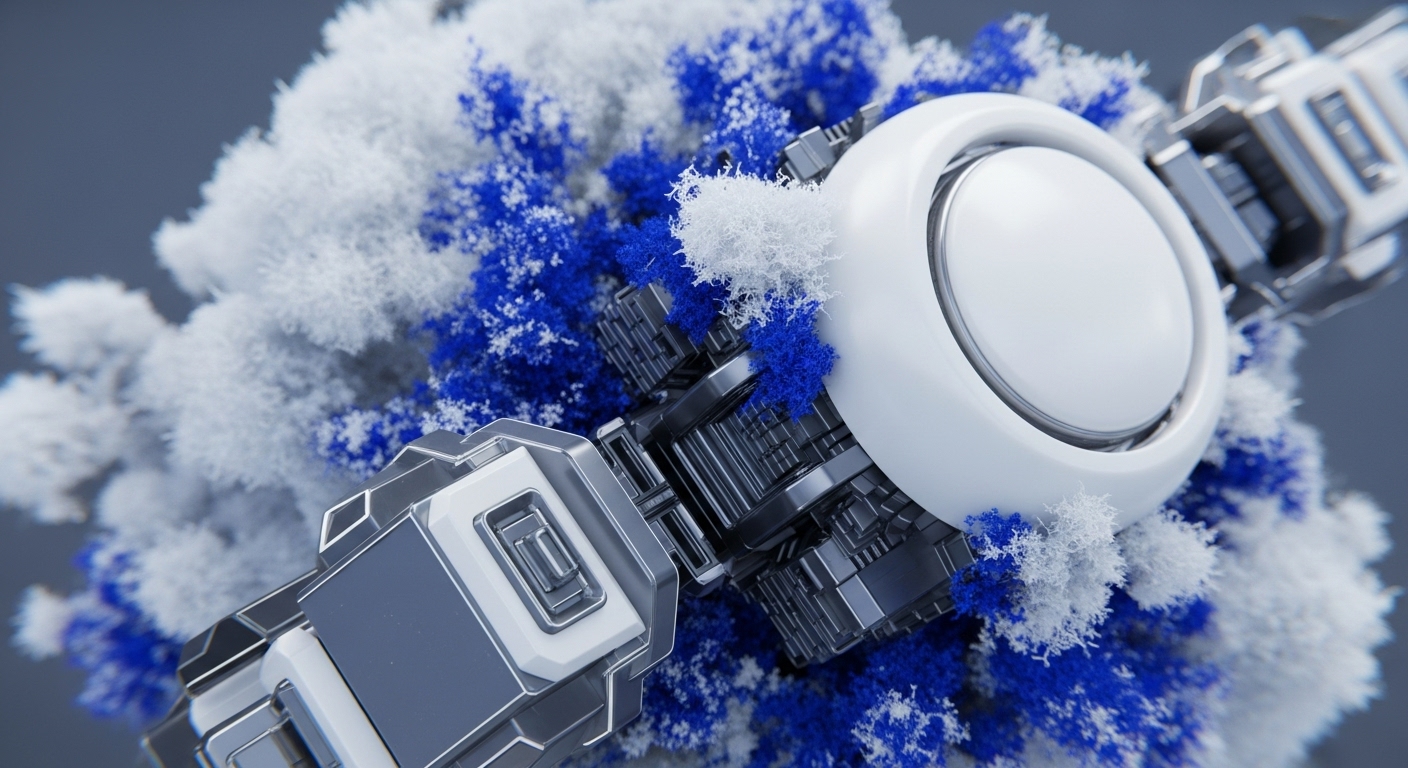
Briefing
The advent of upgradable smart contracts marks a pivotal evolution in decentralized application development, directly addressing the inherent immutability of blockchain-based logic. This innovation allows developers to deploy iterative updates, critical bug fixes, and new features post-launch without requiring a full dApp migration or disrupting user experience. The primary consequence for the Web3 vertical is a significant enhancement in developer agility and product lifecycle management, fostering more robust and adaptable dApps. This directly translates to improved user retention and capital efficiency for protocols, as evidenced by the growing adoption of proxy patterns in production environments.

Context
Before the widespread adoption of upgradable smart contracts, the dApp landscape faced a significant architectural challenge. Smart contracts, once deployed, are immutable, making any post-launch alterations ∞ whether for bug fixes, security vulnerabilities, or feature enhancements ∞ an arduous and costly process. This often necessitated deploying entirely new contract addresses and migrating user funds or data, creating considerable user friction and operational overhead. The prevailing product gap was a lack of inherent flexibility within the core protocol layer, hindering rapid iteration and long-term product evolution for decentralized applications.

Analysis
Upgradable smart contracts fundamentally alter the application layer by introducing a mechanism for dynamic logic updates within an immutable system. This innovation primarily leverages proxy patterns, such as Transparent Proxy, Universal Upgradable Proxy Standard (UUPS), and Diamond Proxy, to separate a dApp’s data storage from its execution logic. A proxy contract maintains the dApp’s state and user-facing address, while an implementation contract contains the business logic. When an update is necessary, a new implementation contract is deployed, and the proxy is reoriented to point to this new logic, preserving user data and maintaining a consistent dApp address.
This system directly impacts liquidity provisioning and user incentive structures by enabling protocols to adapt to market demands and security threats with unprecedented speed. End-users benefit from continuous product improvement and enhanced security without the disruptive experience of migrating to new contract versions. Competing protocols that do not adopt these patterns face a strategic disadvantage in terms of maintainability, security responsiveness, and the ability to iterate on their product offerings.

Parameters
- Core Innovation ∞ Upgradable Smart Contracts
- Primary Mechanism ∞ Proxy Patterns (Transparent Proxy, UUPS, Diamond Proxy)
- Technical Function ∞ delegatecall opcode for execution context preservation
- Problem Addressed ∞ Immutability of deployed smart contracts
- Key Benefit ∞ Post-launch bug fixes, security patches, and feature additions without migration

Outlook
The strategic outlook for upgradable smart contracts points towards their increasing integration as a foundational building block for complex dApps across all verticals. This innovation enables a more mature product roadmap, allowing teams to respond to market feedback and security audits with agility. The potential for this primitive to be copied or forked is high, as it addresses a universal challenge in blockchain development.
Future developments may focus on more decentralized upgrade mechanisms, potentially integrating DAO governance for upgrade approval, further mitigating centralization concerns associated with admin keys. This capability will likely become a standard expectation for any dApp aiming for long-term sustainability and user adoption, fostering a more dynamic and resilient Web3 ecosystem.
